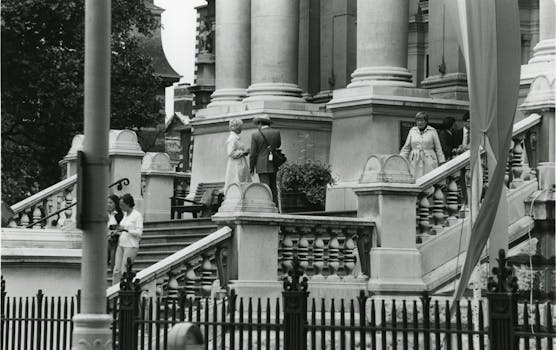
Traveling Through Time: How Europe’s Historical Heritage Shapes Modern Lifestyles in 2025
Focus Keyword: Traveling Through Time, Europe’s historical heritage has long been a source of fascination for people around the world. The continent’s rich history, cultural traditions, and architectural marvels have a timeless appeal that continues to captivate audiences in 2025. In this article, we’ll delve into the ways in which Europe’s historical heritage shapes modern lifestyles, from the preservation of cultural traditions to the adaptation of historical buildings for modern use.
Preserving Cultural Traditions
One of the most significant ways in which Europe’s historical heritage shapes modern lifestyles is through the preservation of cultural traditions. Many European countries have a strong sense of cultural identity, which is deeply rooted in their history and heritage. For example, in Italy, the traditional Italian feast, or ‘festa,’ is still an integral part of community life. These vibrant celebrations, which often take place in historic town squares, bring people together and provide a sense of continuity with the past.
Adapting Historical Buildings for Modern Use
Another way in which Europe’s historical heritage shapes modern lifestyles is through the adaptation of historical buildings for modern use. Many of Europe’s historic buildings, such as castles, palaces, and churches, have been repurposed as museums, hotels, and restaurants. This not only helps to preserve the buildings themselves but also allows people to experience and interact with history in a more tangible way. For instance, the Louvre Museum in Paris, which is housed in a former royal palace, is one of the most visited museums in the world.
Revitalizing Urban Spaces
Europe’s historical heritage also plays a significant role in shaping modern urban spaces. Many of Europe’s cities, such as Rome, Barcelona, and Amsterdam, have historic centers that are filled with narrow streets, picturesque canals, and iconic landmarks. These areas are not only popular tourist destinations but also thriving commercial and residential hubs. By preserving and revitalizing these urban spaces, cities can maintain their unique character and sense of history while also providing modern amenities and services.
Embracing Sustainable Tourism
Finally, Europe’s historical heritage is also driving the growth of sustainable tourism in 2025. As more people become aware of the importance of preserving cultural and natural heritage, there is a growing demand for responsible and environmentally friendly travel practices. Many European cities and towns are responding to this trend by developing sustainable tourism initiatives, such as eco-friendly accommodations, locally sourced food, and reduced-waste policies. This not only helps to protect the environment but also supports local communities and promotes cultural exchange.

